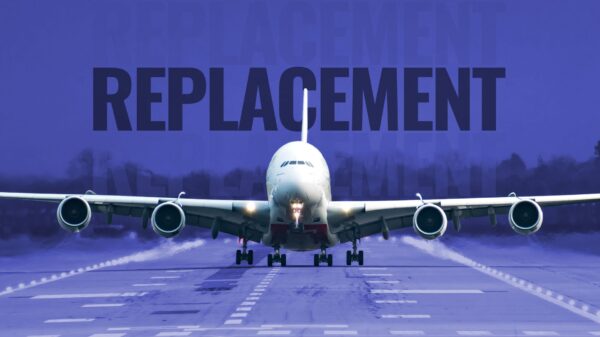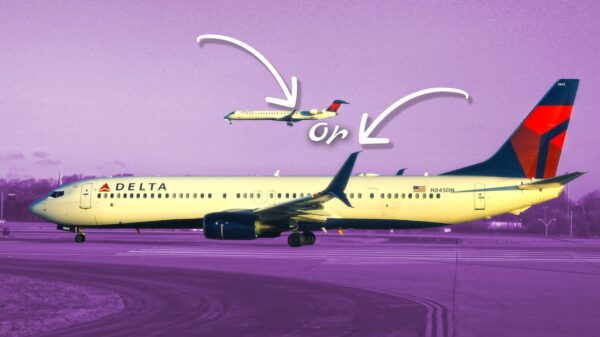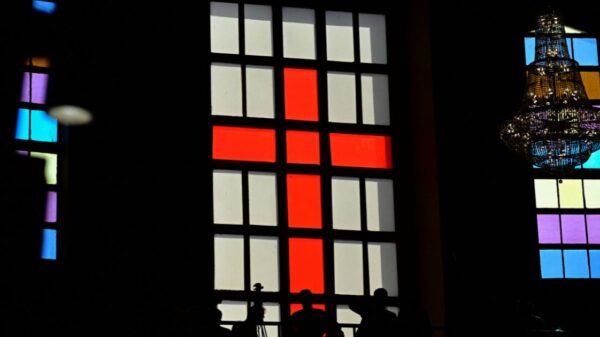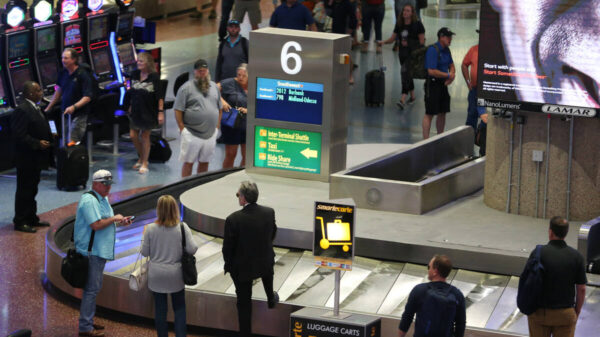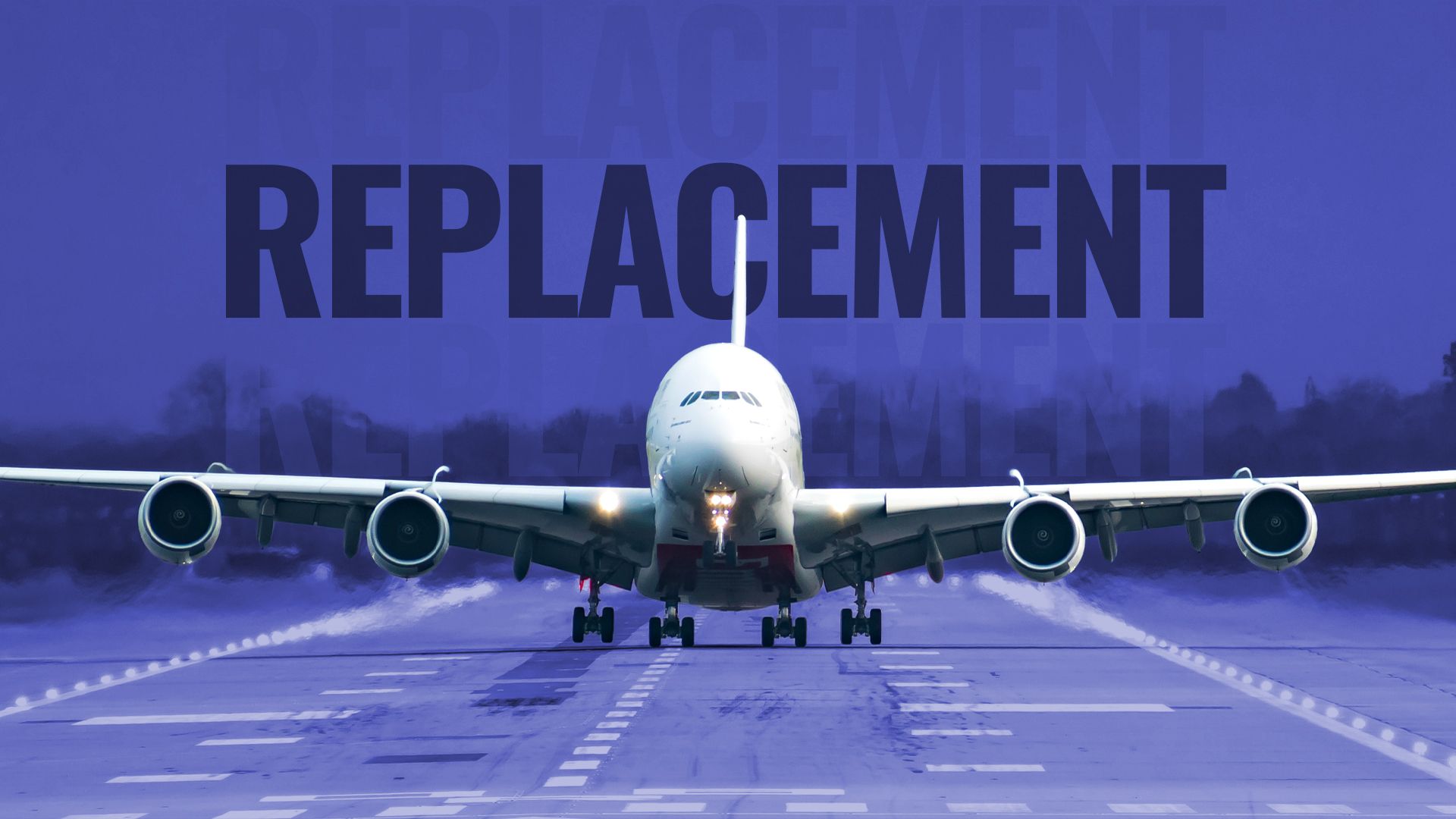The Airbus A380, once the pride of the skies, is gradually fading from the aviation landscape as production ceased in 2021. This decision followed the COVID-19 Pandemic, which severely impacted the demand for large aircraft. Emirates, the largest operator of the A380, maintains a fleet of over 100 super jumbos, representing half of all A380s produced. The airline has even sourced secondhand models from other carriers that have retired them due to rising operational costs. Despite ongoing calls for a new version of the aircraft, Airbus has not committed to an A380neo, citing insufficient market demand.
As the A380’s presence diminishes, the Boeing 777X is poised to step in as a leading option for high-capacity routes. Expected to enter service in March 2027, the 777X will be the largest twin-engine aircraft ever built. While it cannot match the A380’s maximum seating capacity or iconic second deck, it promises to deliver improved operational efficiency, aligning with the evolving needs of airlines.
The Future of Long-Haul Flying
The 777X will cater to the long-haul market, which has been challenged by economic factors impacting quadjet operations. The A380’s production ended in response to these pressures, and Boeing followed suit by closing the 747 line in 2023. With passenger demand driving the market for commercial jets, the 777X’s ability to carry approximately 400-415 passengers in a typical configuration makes it a viable alternative, even if its capacity falls short of the A380’s.
The operational costs associated with the 777X are significantly lower, making it a more flexible choice for airlines. The aircraft’s advanced design translates to reduced maintenance needs and increased availability, allowing for flights to a broader range of airports. This adaptability is essential for carriers transitioning from the A380 to newer models.
Engine Performance and Emission Standards
One of the standout features of the 777X is its engine technology. Equipped with the revolutionary GE9X engines, it will have the largest turbofan engines ever installed on a commercial jet, providing up to 134,300 pounds of thrust. This efficiency is crucial in an era where emissions standards continue to tighten. The 777X’s two-engine design offers a stark contrast to the A380’s four-engine setup, which has faced scrutiny from environmental advocates.
The A380’s operational costs and environmental impact have limited its appeal for cargo operations, whereas the 777X is engineered primarily for passenger service. This focus is essential, as the commercial aviation market increasingly prioritizes sustainable practices.
Passenger Experience and Cabin Flexibility
Airlines renowned for their luxury services, such as Emirates and Qatar Airways, are well-positioned to adapt their offerings aboard the 777X. The new aircraft features a spacious cabin with enhanced lighting and larger windows, promoting a more comfortable travel experience. The 777X’s cabin altitude will be set at 6,000 feet, lower than the industry standard, which helps reduce passenger fatigue on long-haul flights.
The aircraft’s modular design allows airlines to modify cabin configurations based on demand. This flexibility means that as market conditions change, airlines can easily adjust seat layouts and premium offerings. The ability to reconfigure galleys, lavatories, and crew rest areas further enhances the aircraft’s adaptability, ensuring that carriers can respond swiftly to evolving customer preferences.
While the A380 will always be celebrated for its grandeur and luxurious offerings, the 777X represents a forward-looking solution for high-capacity air travel. It may not replicate the A380’s lavish amenities, but it is a worthy successor that meets the operational challenges of modern aviation.
As the aviation industry navigates the transition from the A380, the 777X is set to carve out its own legacy, incorporating advanced technology and efficient operations while accommodating the needs of airlines and passengers alike.






